Surgeon who did first U.S. post-approval implant shares his take
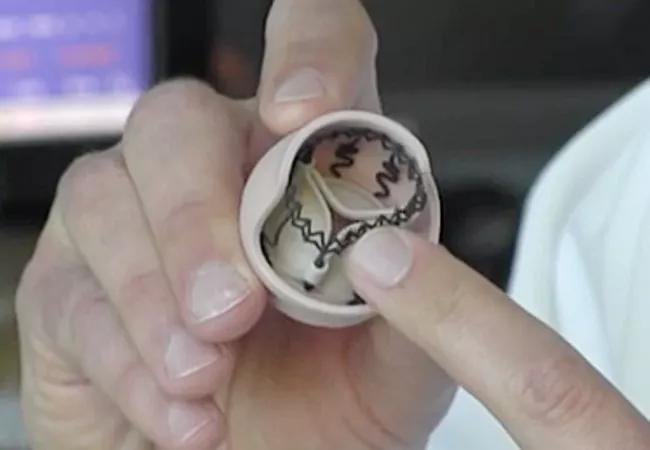
On Feb. 29, 2016, Cleveland Clinic performed the first successful implantation of the Perceval valve in the United States following the device’s FDA approval in January. As the first commercially available sutureless aortic replacement valve, the Perceval valve shortens operative time — and thus the length of time that the heart is stopped — during aortic valve replacement procedures.
Cleveland Clinic is a non-profit academic medical center. Advertising on our site helps support our mission. We do not endorse non-Cleveland Clinic products or services. Policy
In this five-minute video, cardiothoracic surgeon Eric Roselli, MD — who performed the first post-approval Perceval implant — explains which types of patients stand to benefit most from the sutureless valve and how the forthcoming PERSIST trial should help refine understanding of its specific utility.
“A sutureless valve [allows us to] still address the native diseased valve through a surgical approach, and we cut it out like we do for a surgical operation, but instead of putting anywhere from 12 to 20 sutures inside the aorta to sew the regular stented valve in place, this Perceval self-expanding valve… is delivered inside the aorta. When it’s released, it’s this stent that seals and holds it in place with no sutures at all… that speeds up the operation, and we’ve seen so far that these devices have been very efficient in the initial trial and in commercial availability…
We’re the first center in the U.S. to use this commercially available valve, and we’ve continued to use this valve over the last several weeks and have continued to have a great experience with it.
We think that there are some very clear advantages to the use of this valve. Number one: we see that it shortens the amount of time that we have to have the heart stopped… we think that’s especially important in patients who are undergoing a multi-component operation… We also think that this can be very helpful in the patients who have calcified aorta… The third group… is the patients who are wishing to have a lesser invasive surgical approach.”

Cleveland Clinic series supports re-repair as a favored option regardless of failure timing
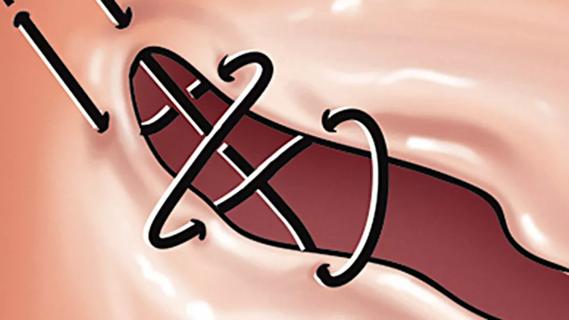
Large retrospective study supports its addition to BAV repair toolbox at expert centers
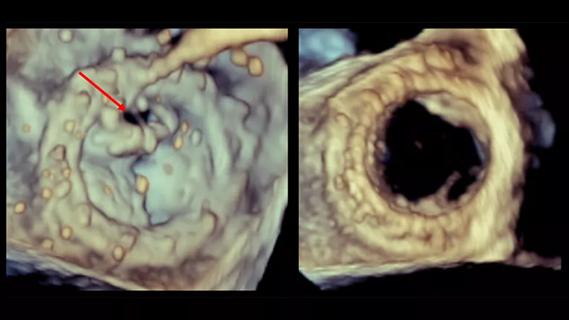
Provides option for patients previously deemed anatomically unsuitable

A call for surgical guidelines to adopt sex-specific thresholds of LV size and function

While mortality was unaffected, later surgery was associated with more reoperations

Many young patients can avoid lifelong anticoagulation with a valve-sparing approach
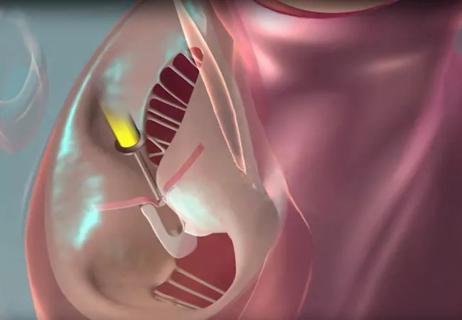
And substudy reveals good outcomes with PASCAL system in patients with complex mitral valve anatomy
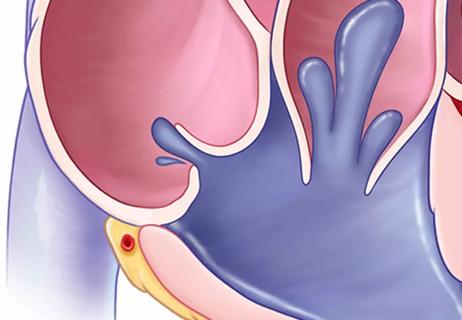
Investigators conclude that improved self-reports go beyond possible placebo effect for severe TR